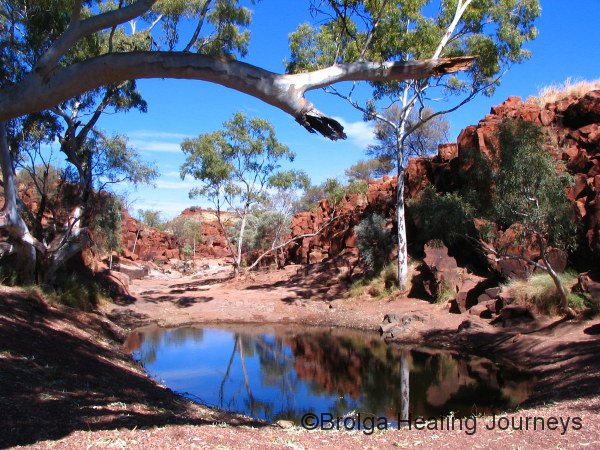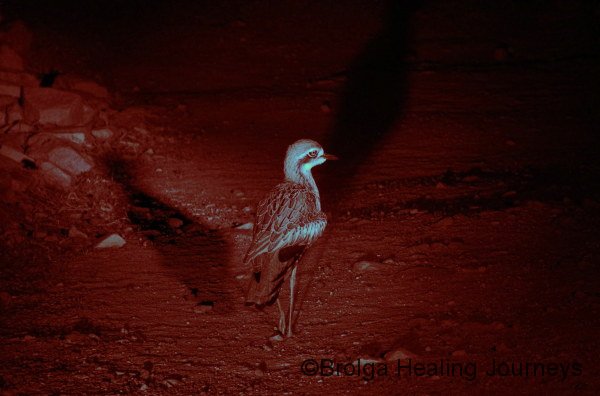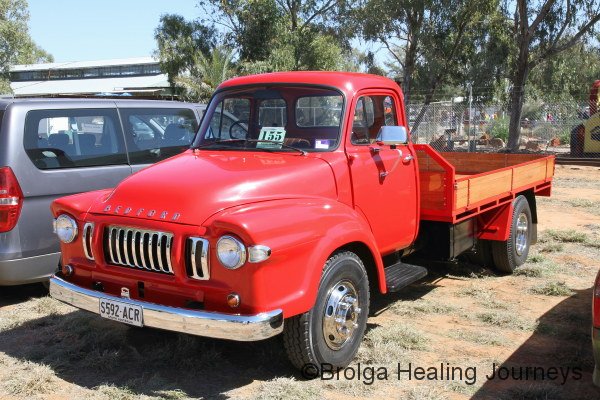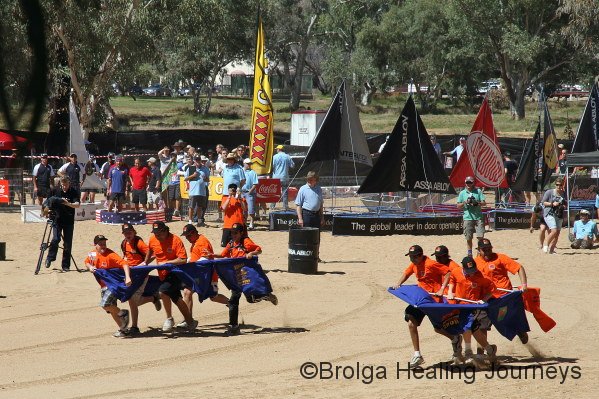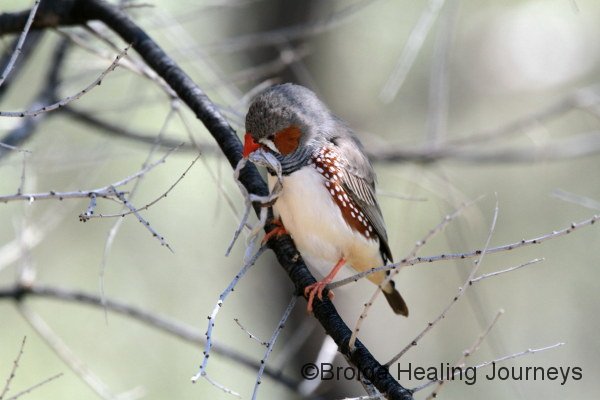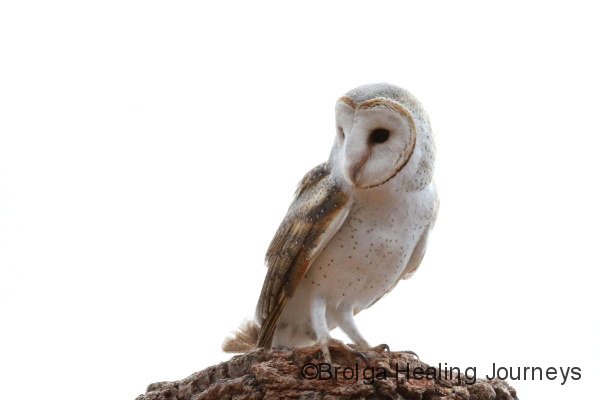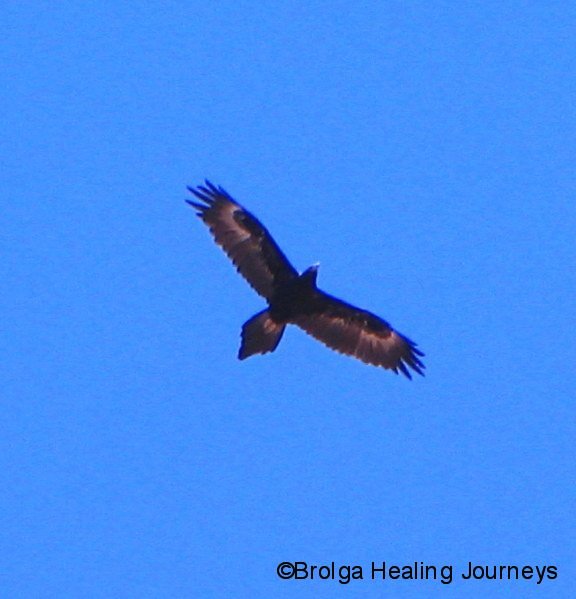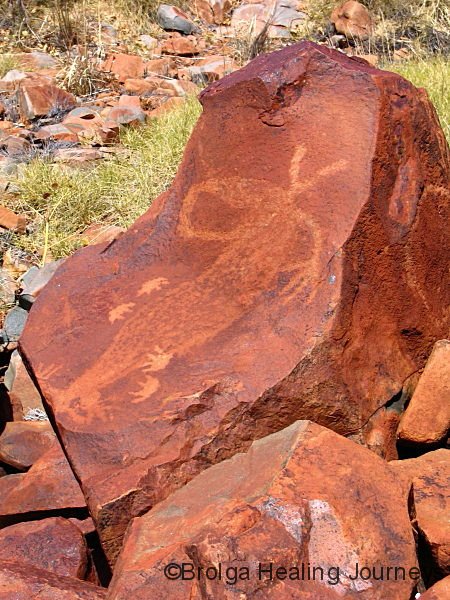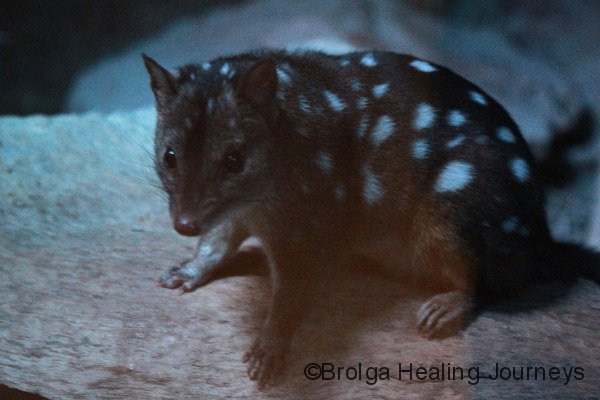
INTRODUCTION
Where do you start on a topic like this? When Nirbeeja suggested this as a good theme for a new post, I must admit to feeling completely overwhelmed. “Endangered wildlife” isn’t the theme for a post, it’s a lifetime’s work. I soon realised that my initial reaction symbolised how we all feel about this issue – basically that it’s too big to deal with. As a result we pretend it isn’t there and move on to something easier, or go see a movie, or eat some chocolate….or do whatever it is that we do to avoid reality.
Of course, if we all did that, many Australian species of marsupial, bird, reptile and amphibian, not to mention plants, would disappear in the blink of an eye. In fact many already have, never to be seen again. The delicate Lesser Bilby, once seen in the central desert regions, is gone. Wiped out. Extinct. Call it what you like, it is now but a memory. When you see a real, live Greater Bilby, its bigger and more robust cousin, although it too is a delicate, fragile creature under threat of extinction, you realise that the Lesser Bilby stood no chance at all against efficient feral predators and environmental degradation. Unfortunately the Lesser Bilby isn’t alone. As I wrote in the introduction to the earlier marsupials post on this site, Australia holds the unfortunate record for mammal extinctions in the modern world. Let’s not add to that record if we can help it!
(more…)

